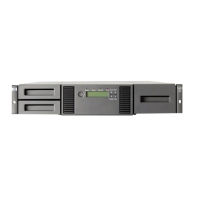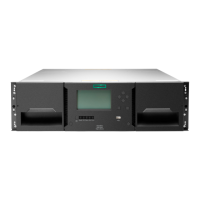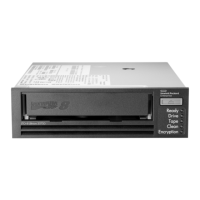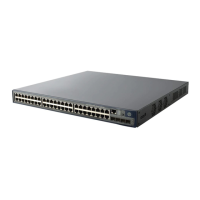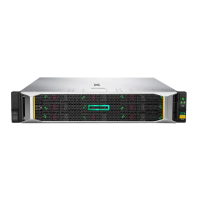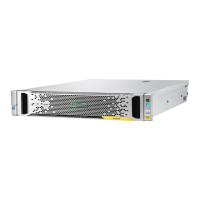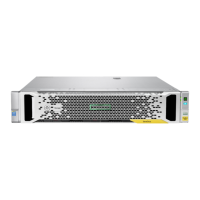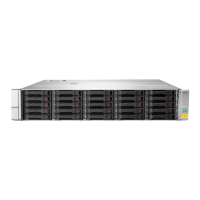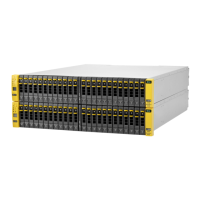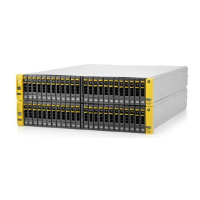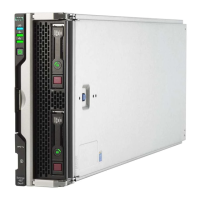Terminology Description
LAN Local area network. A communications infrastructure
designed to use dedicated wiring over a limited
distance (typically a diameter of less than five
kilometers) to connect to multiple intercommunicating
nodes. Ethernet and token ring are the two most
popular LAN technologies.
logical disk A logical disk contains one or more volumes and
spans multiple hard drives in an array. RAID
configuration of storage is performed at the logical
disk level. Also known as a LUN.
LUN Logical unit number. An LUN results from mapping a
logical unit number, port ID, and LDEV ID to a RAID
group. The size of the LUN is determined by the
emulation mode of the LDEV and the number of
LDEVs associated with the LUN.
mount point A host file system path or directory name where a
host volume (device) is accessed.
NAS Network attached storage.
NCT Network Configuration Tool.
NFS Network file system. The network protocol used in
most Linux/UNIX environments to share folders
through mount points.
NIC Network interface card. A device that handles
communication between a device and other devices
on a network.
SAN Storage area network. A network of storage devices
available to one or more servers.
SAS Serial Attached SCSI.
SATA Serial Advanced Technology Attachment.
Volume An accessible storage area on disk, either physical or
virtual.
volume mapping The process by which volume permissions (read
only, read/write, or none) and LUNs are assigned to
a host port.
10 About this guide
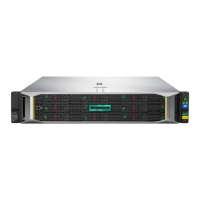
